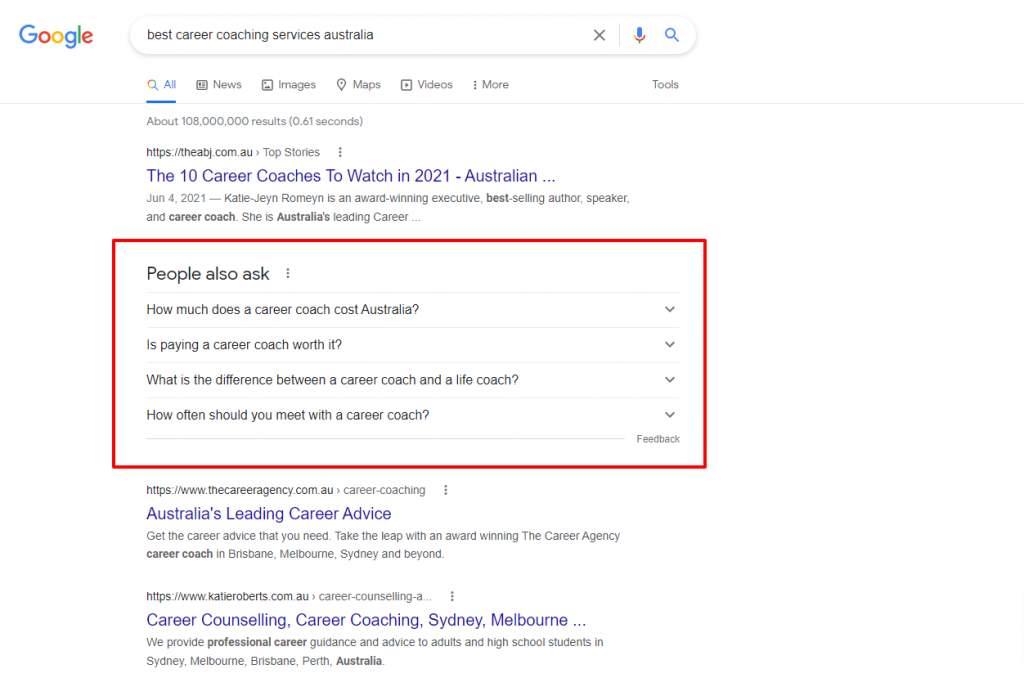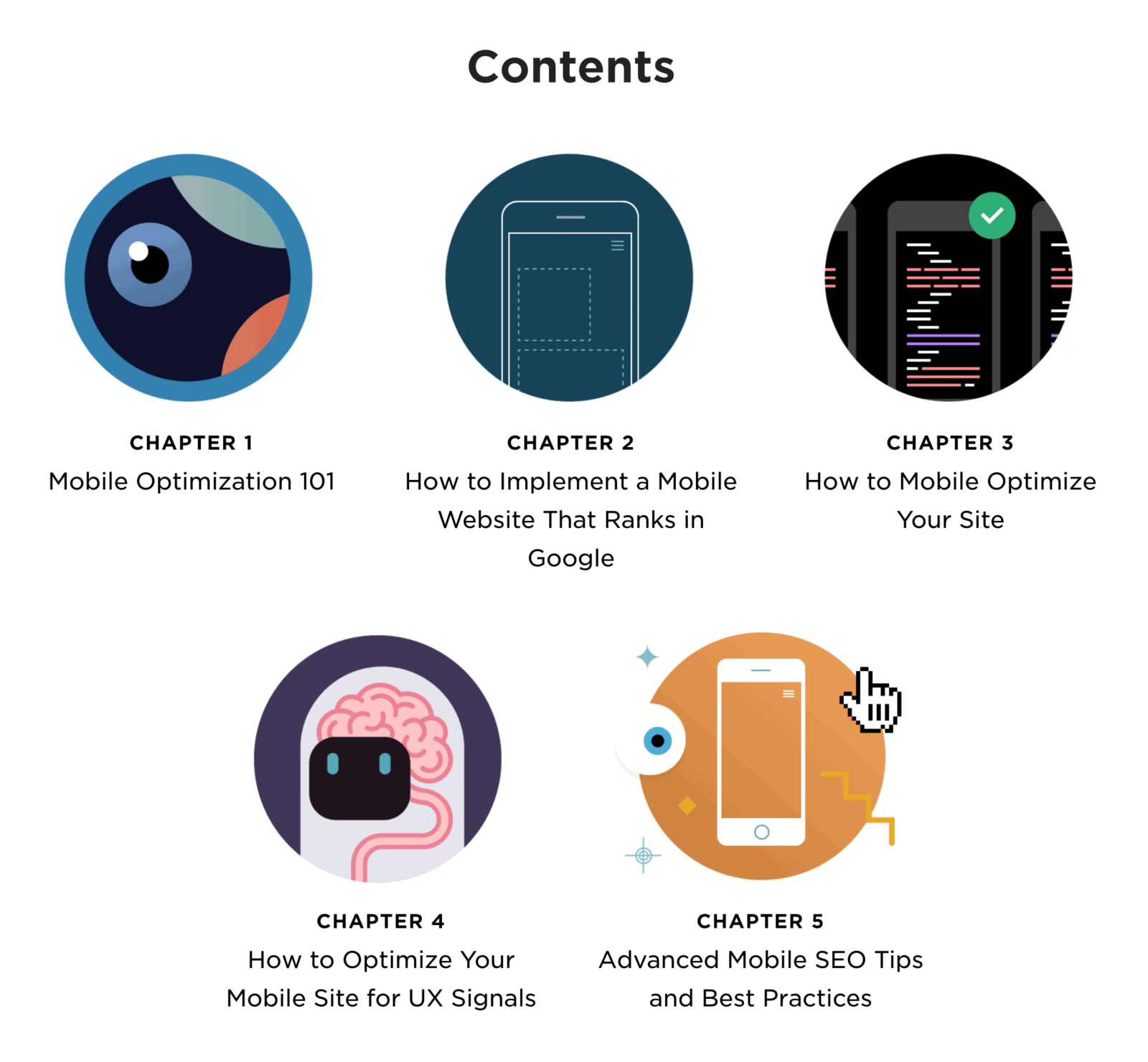
In the ever-evolving world of digital marketing, standing out from the competition is no longer just about having good content—it’s about having complete content. With millions of websites vying for attention, the key to success lies in identifying and filling content gaps that your competitors have overlooked. This article will guide you through the process of uncovering these missing subtopics and leveraging them to create content that not only meets but exceeds user expectations.
What Is Content Gap Filling and Why It Matters
Content gap filling refers to the process of identifying topics or subtopics that your competitors are not covering, or are covering inadequately, and then creating high-quality, comprehensive content around those areas. In SEO, this strategy is critical because it helps you target under-served keywords and provide more value than your competitors, which can significantly boost your visibility on search engines like Google.
The importance of content gap filling has grown exponentially with the rise of AI-driven search algorithms. These systems prioritize content that demonstrates deep understanding, relevance, and authority—qualities that are often missing from generic or incomplete content. By focusing on subtopics that others have missed, you position yourself as a go-to resource for users, which can lead to higher rankings, increased traffic, and better engagement.
How Content Gap Filling Impacts SEO Performance
Content gap filling directly affects several key SEO metrics:
- Traffic Growth: By targeting unique subtopics, you can attract niche audiences who might otherwise be underserved.
- Engagement Metrics: Comprehensive content keeps users on your site longer, improving dwell time and reducing bounce rates.
- Ranking Potential: Search engines favor content that covers all aspects of a topic, making it more likely to appear in featured snippets, People Also Ask sections, and other high-value positions.
For example, if your competitor’s blog posts about “specialty coffee” focus only on brewing methods, you could fill the gap by exploring related subtopics like “coffee bean origins,” “roasting profiles,” or “how water quality affects taste.” This not only differentiates your content but also makes it more valuable to readers.
Step-by-Step Implementation Framework
Here’s a practical, step-by-step approach to identify and fill content gaps:
1. Define or Audit the Current Situation
Start by auditing your existing content and your competitors’. Use tools like Ahrefs, SEMrush, or MarketMuse to analyze what keywords and topics your competitors are ranking for. Look for patterns in their content structure, keyword usage, and audience engagement.
Also, assess your own website’s content. Are there topics you’ve covered that your competitors haven’t? Or are there areas where your content is thin or outdated?
2. Apply Tools, Methods, or Tactics
Use the following tools and techniques to uncover content gaps:
- Keyword Gap Analysis: Tools like Ahrefs and SEMrush allow you to compare your keyword rankings against those of your competitors. Identify keywords that they’re ranking for that you aren’t.
- Topic Mapping: Platforms like MarketMuse and Frase.io help you visualize the relationship between topics and subtopics. They can highlight areas where your competitors are missing depth.
- Question Research: Use AnswerThePublic or AlsoAsked.com to find questions people are asking about your core topics. These insights can reveal untapped opportunities for content creation.
- Competitor Content Audit: Manually review your top competitors’ blogs, landing pages, and social media content. Take notes on what they’re doing well and what they’re missing.
3. Measure, Analyze, and Optimize
Once you’ve identified potential content gaps, create a content plan that addresses them. Publish the content and monitor its performance using tools like Google Analytics, Search Console, and SEMrush. Track metrics such as organic traffic, time on page, and conversion rates to see how well your new content is performing.
Refine your strategy based on data. If a particular piece of content isn’t performing as expected, revisit the original research and adjust your approach.
Real or Hypothetical Case Study
Let’s imagine a scenario involving a fictional e-commerce brand called “CaféPro,” which sells specialty coffee equipment. CaféPro noticed that while their competitors were publishing content about brewing methods, they weren’t covering the nuances of coffee bean origin or roasting techniques.
By conducting a content gap analysis, CaféPro discovered that their competitors were missing out on subtopics like “Understanding Coffee Bean Origins” and “The Science of Roasting.” They created a series of in-depth articles and videos on these topics, complete with expert interviews and visual guides.
Within six months, CaféPro saw a 45% increase in organic traffic and a 20% improvement in user engagement. Their content was frequently cited in Google’s People Also Ask section, further solidifying their authority in the niche.
Tools and Techniques for Content Gap Filling
To effectively implement content gap filling, consider using the following tools:
- Ahrefs: For keyword research, competitor analysis, and backlink tracking.
- SEMrush: Offers keyword gap analysis and content audit features.
- MarketMuse: Helps map topics and identify semantic gaps.
- Frase.io: Provides content optimization suggestions and semantic keyword analysis.
- AnswerThePublic: Great for finding common questions and pain points.
- Google Trends: Useful for identifying seasonal trends and emerging topics.
These tools not only help you find content gaps but also ensure that your content is optimized for both search engines and user intent.
Future Trends and AI Implications
As AI continues to shape the future of search, content gap filling will become even more critical. Search engines like Google are increasingly relying on AI to understand context, intent, and relationships between ideas. This means that content that simply targets keywords without addressing deeper subtopics will struggle to rank.
Future-proof your content strategy by:
- Focusing on semantic richness and contextual depth.
- Using AI tools to identify and expand on content gaps.
- Creating content that answers not just the question, but the underlying needs of the user.
This shift toward AI-driven search requires a more strategic, human-centric approach to content creation. By staying ahead of the curve, you’ll be well-positioned to dominate search results in the years to come.
Key Takeaways
- Identify content gaps by analyzing competitors and using keyword and topic mapping tools.
- Create comprehensive content that fills those gaps and provides real value to users.
- Measure performance regularly and refine your strategy based on data.
- Leverage AI tools to stay ahead of search trends and optimize your content for semantic understanding.
- Focus on user intent and long-term value rather than short-term keyword stuffing.
By mastering the art of content gap filling, you’ll not only stand out in a crowded market but also build a loyal audience that sees your brand as an authoritative voice in your niche.
Meta Title: How to Identify and Fill Content Gaps by Covering Missing Subtopics Your Competitors Miss
Meta Description: Learn how to identify and fill content gaps by targeting subtopics your competitors miss, boosting your SEO and user engagement.
SEO Tags (5): content gap filling, competitor analysis, SEO strategy, topical depth, semantic SEO
Internal Link Suggestions:
– [Parameter #8: Content Gap Filling]
– [Parameter #12: PAA Question Targeting]
– [Parameter #13: Evergreen & Fresh Balance]
External Source Suggestions:
– https://www.marketmuse.com
– https://www.answerthepublic.com
– https://ahrefs.com








